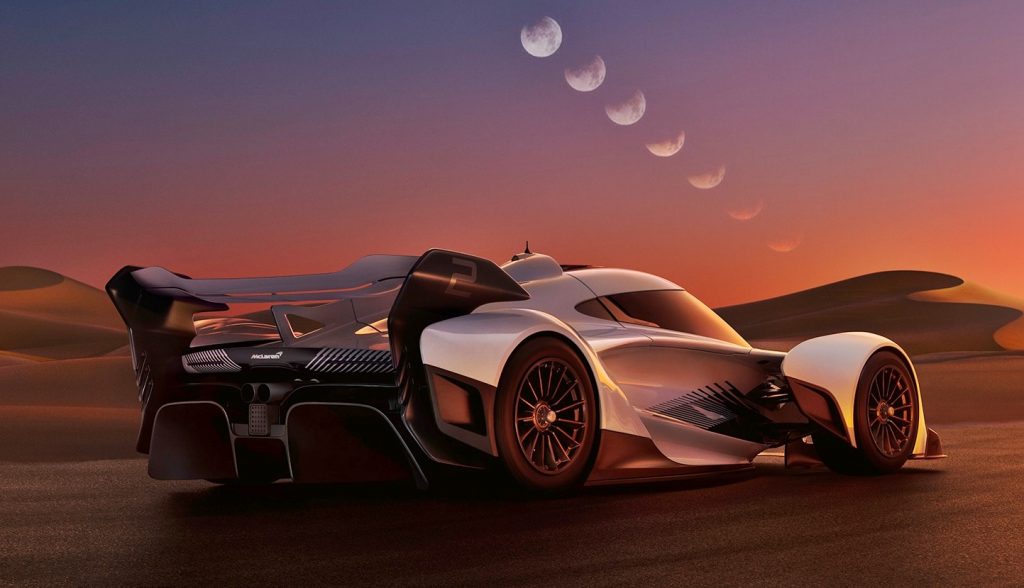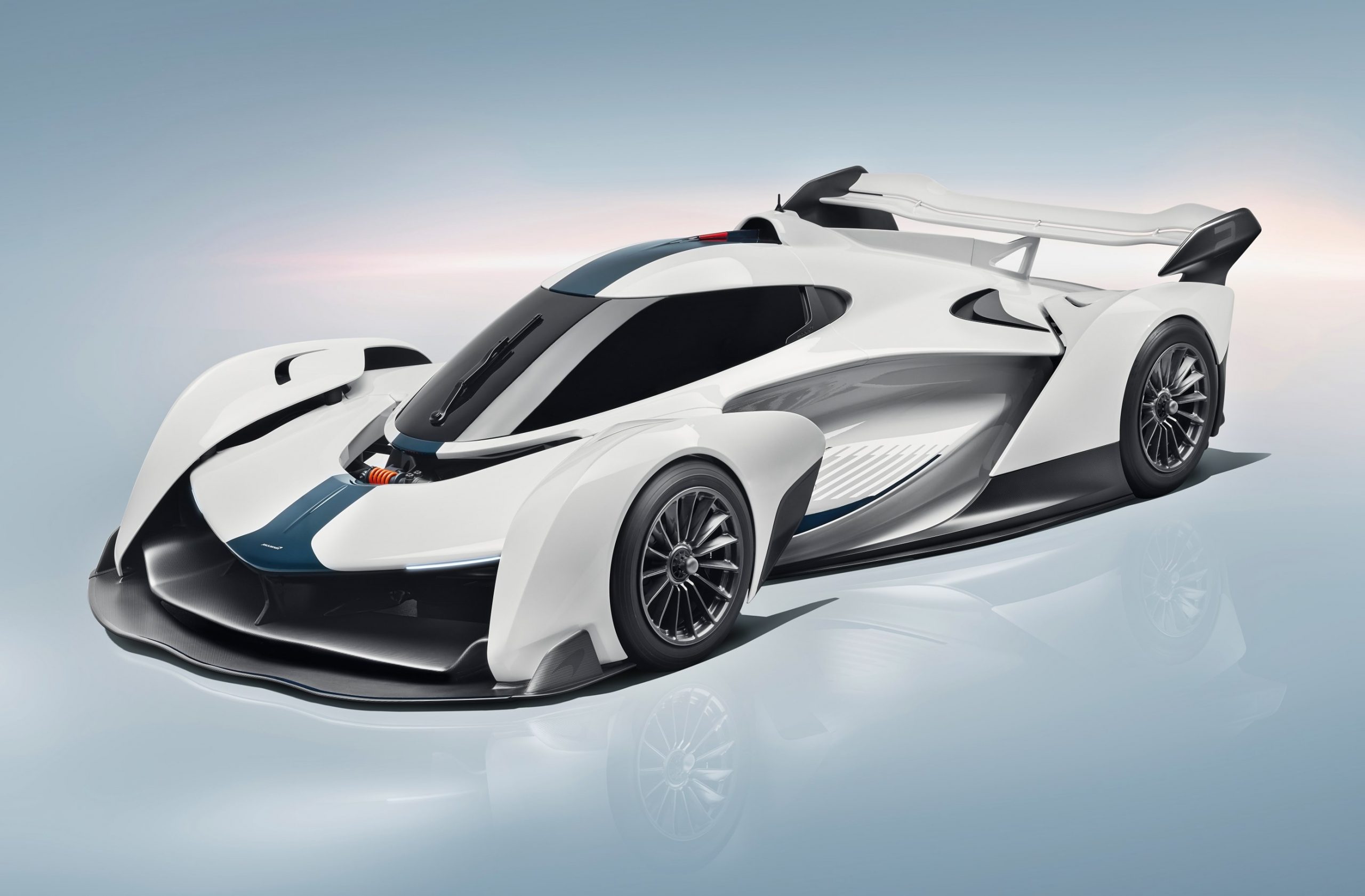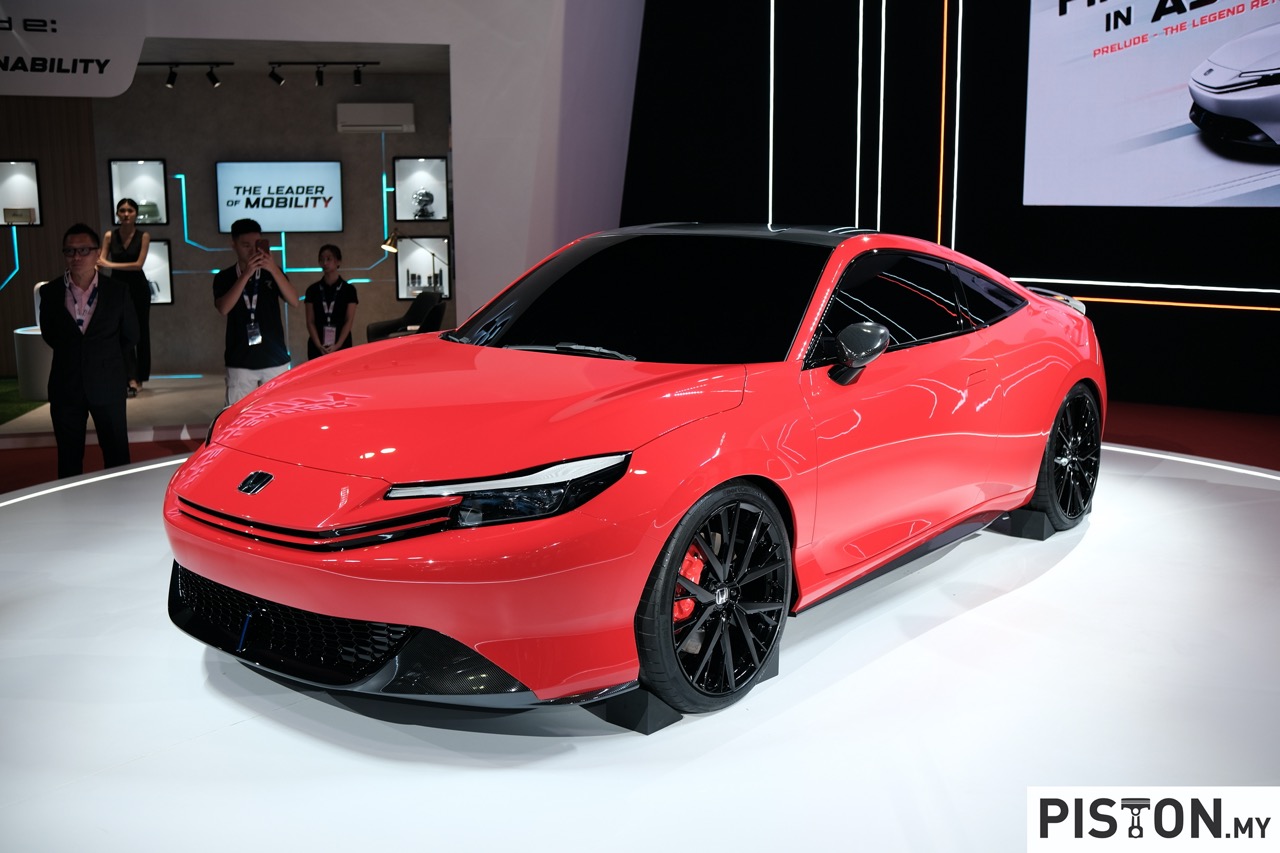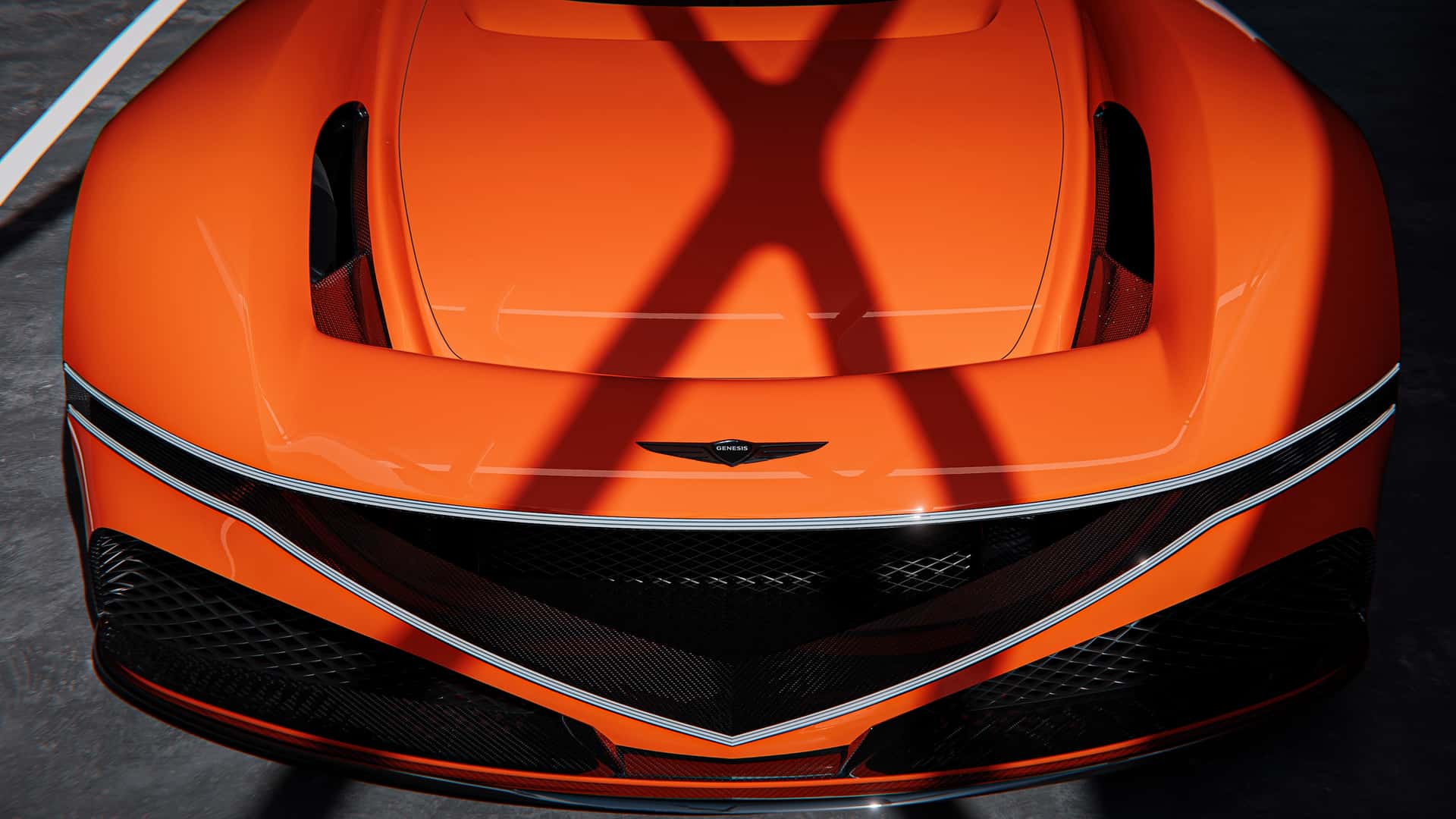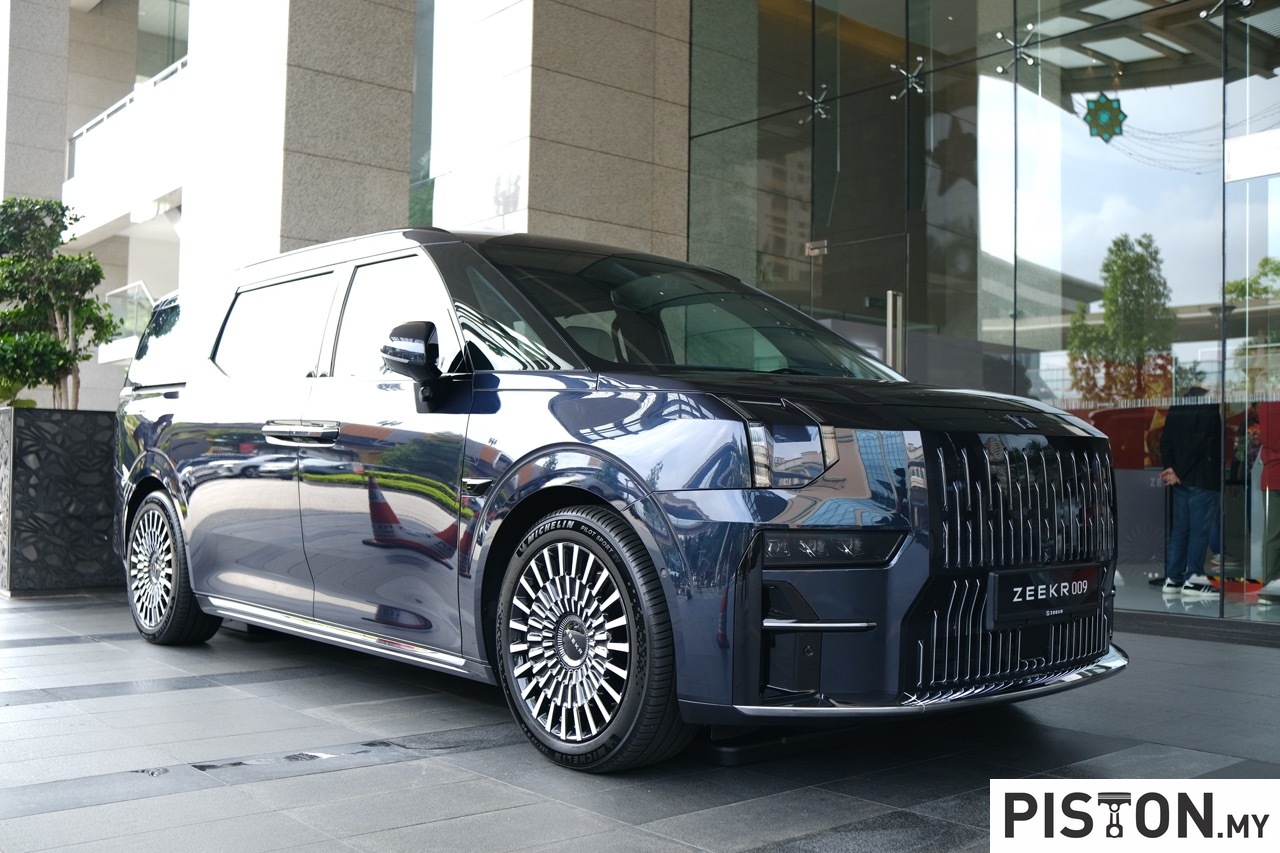The McLaren Solus GT was born in the virtual gaming world of Gran Turismo SPORT. Now, the carmaker will make it a reality that can be driven on racetracks. Only 25 will be built and all of them have already been sold before the official unveiling in California yesterday. The pricing of the hypercar has not been revealed although it can be expected to be many, many millions of ringgit.
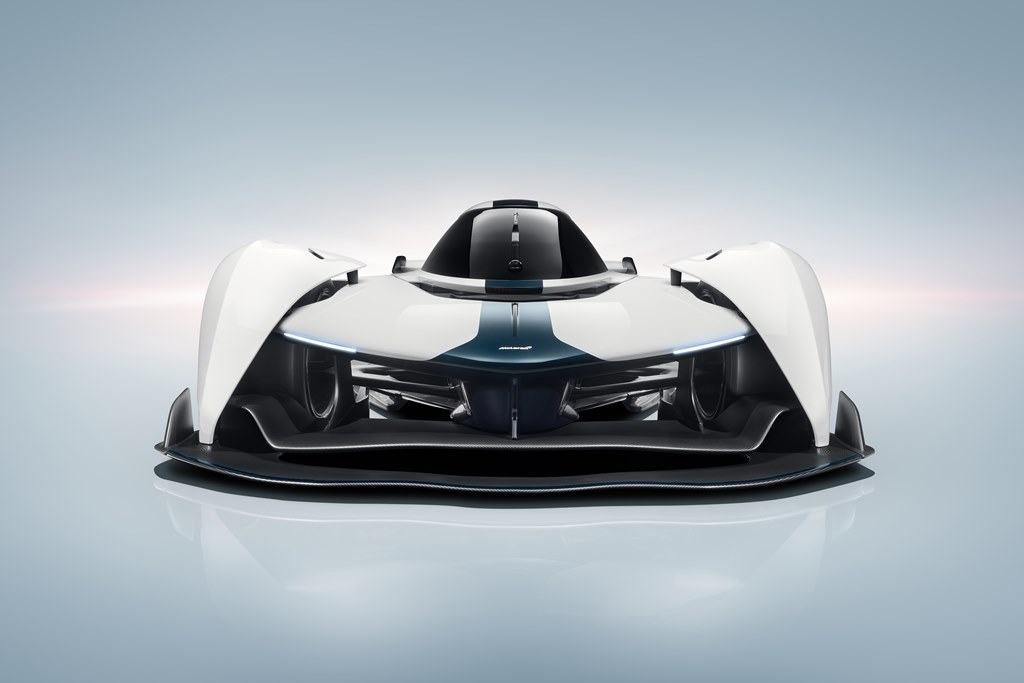
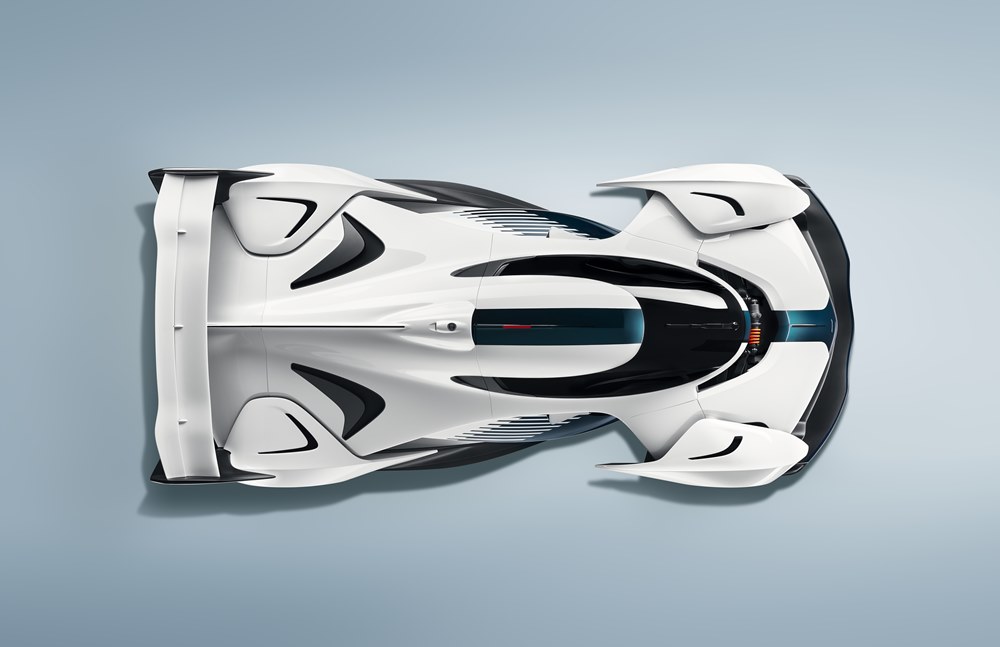
The striking futuristic exterior design is remarkably faithful to its virtual inspiration. While machines in simulator games have total technical freedom because the designers are not constrained by cost or regulations, the Solus GT is based on proven aerodynamic principles and McLaren’s ‘everything for a reason’ design ethos. This is further supported by CFD (Computational Fluid Dynamics) and wind-tunnel aerodynamic research.
Among the numerous external features are the sliding canopy above the single central (like a jet fighter) and wheels are shrouded in aerodynamic pods and located by suspension arms. A large front splitter feeds air into ground-effect tunnels before it exits the car via a full diffuser. A motorsport-inspired intake above the cockpit integrated into the design of the roll-over hoop cover feeds cold air into the engine. The sidepods which house the Solus GT’s radiators are inspired by racing car design.
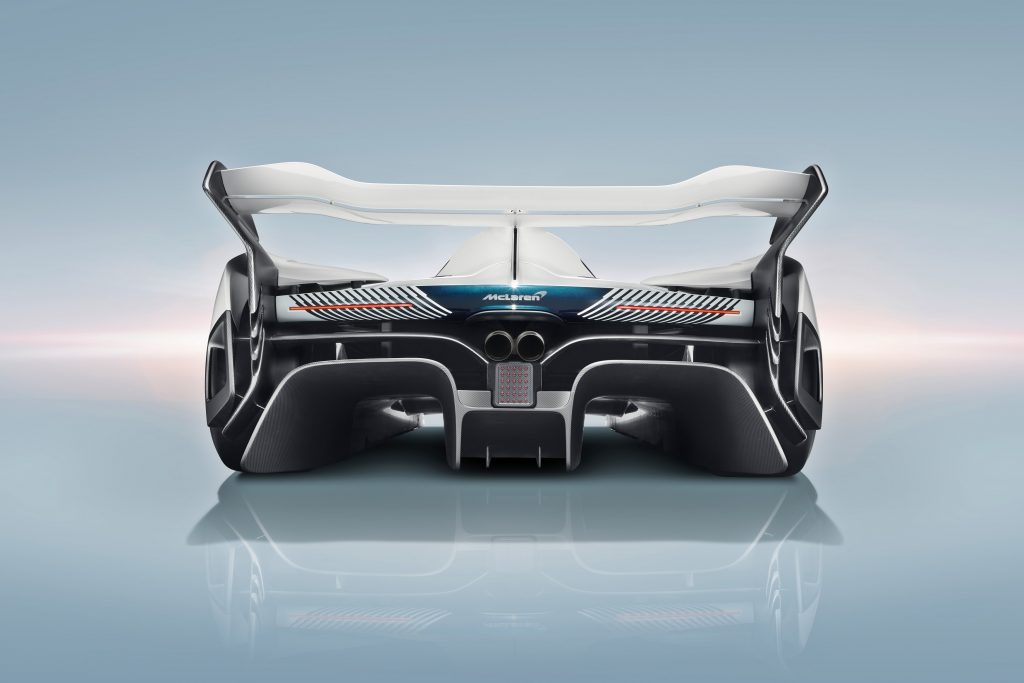
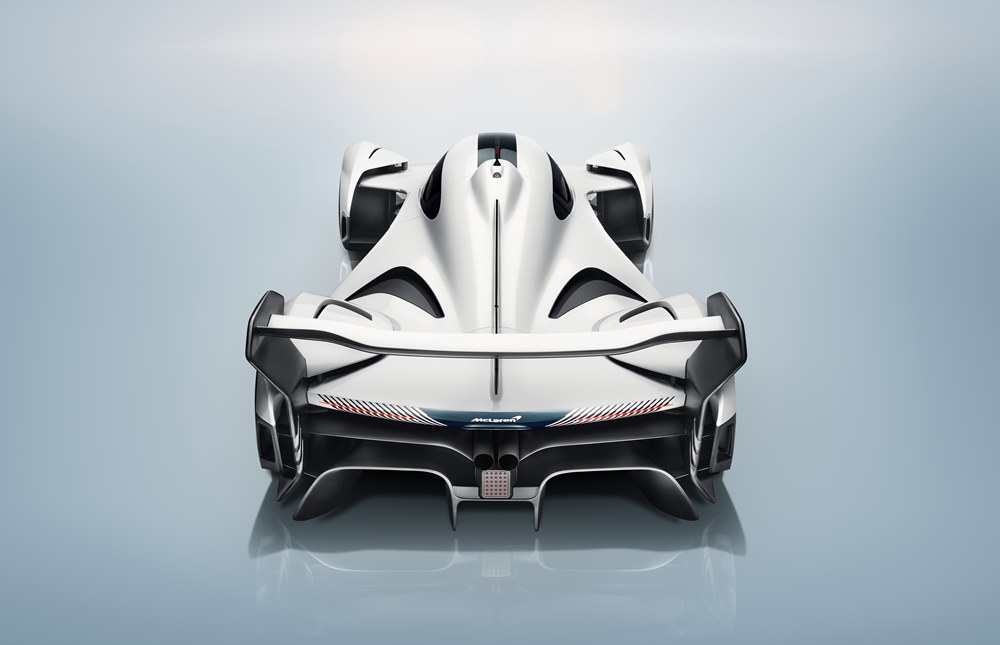
A twin-element, fixed rear wing is key to a downforce figure (over 1,202 kgs) that exceeds the overall weight of the hypercar (1,002 kgs). The downforce to drag ratio is also optimized, aiding straight-line performance as well as enhancing cornering abilities.
In common with every McLaren since 1981, the Solus GT is based around a carbonfibre monocoque, in this case one created using specialist low-volume production methods. The front and rear chassis structures are also made from carbonfibre, with the engine and gearbox forming the rest of the chassis.
Carbonfibre is not the only high-value material in the hypercar. Further embracing technologies used in the top tiers of motorsport, 3D-printed titanium components have been used for the halo cockpit protection structure and roll hoop. This is the first time the approach has been adopted for structural elements in a McLaren production car, allowing a tailored design as well reducing weight.
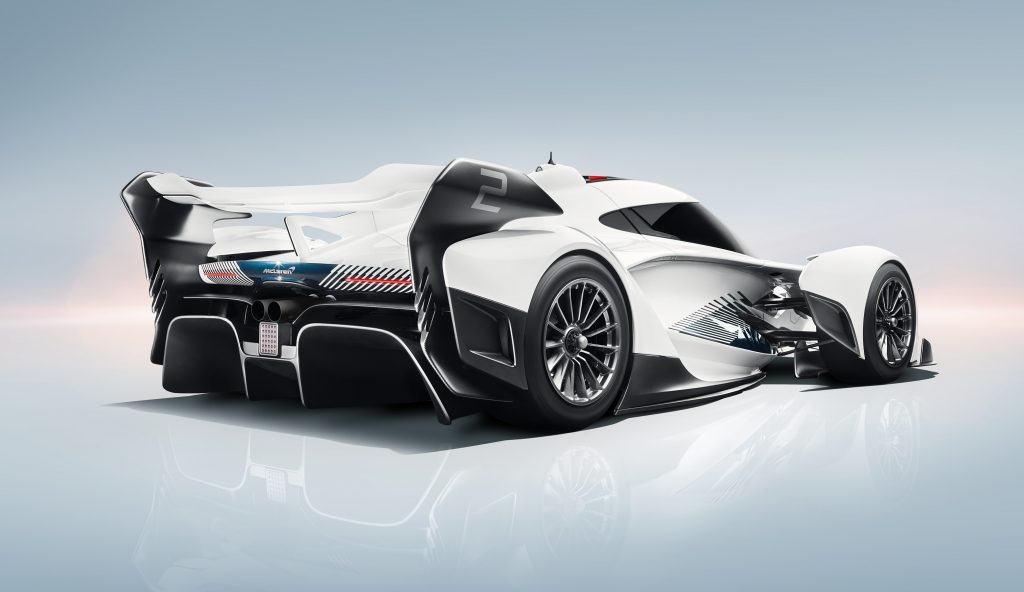
The powertrain is a naturally-aspirated 5.2-litre V10 engine with a bespoke 7-speed sequential shift gearbox. It can rev to more than 10,000 rpm and will produce over 829 bhp/650 Nm. The engine’s responsiveness is enhanced by the use of barrel-driven throttles for each cylinder – a system only suitable for track application – and is entirely gear-driven, with no chains or belts for camshaft or ancillary systems.
The engine was also chosen for its structural qualities; for the first time in a McLaren production car, the engine is an integral part of the chassis. Conventional practice in race car construction, this design approach optimizes weight reduction by negating the need for additional chassis structures or subframes behind the carbonfibre monocoque.
The race-derived 7-speed sequential gearbox, which features a bespoke casting and casing – the latter manufactured from aluminium with magnesium panels – is mounted to the back of the engine with the rear suspension fixed to the gearbox casing. The system is fully automated and software controlled, removing the need for the driver to operate the clutch, aiding pit-lane pull-away.

McLaren says the Solus GT will be capable of the fastest lap times of any McLaren outside of single-seater racing and delivers a driving experience close to the engagement and sensation of driving a Formula 1 racing car. Acceleration from 0 – 100 km/h has a target time of 2.5 seconds and the top speed will be more than 320 km/h.
In the cockpit, the steering wheel (with a unique design among McLaren production cars) takes its inspiration from Formula 1, with instrument panel display and essential controls integrated to suit the tight confines of a single-seater track car. Beyond the steering wheel is a view through the glass ‘bubble’, with integrated halo-style cockpit protection.
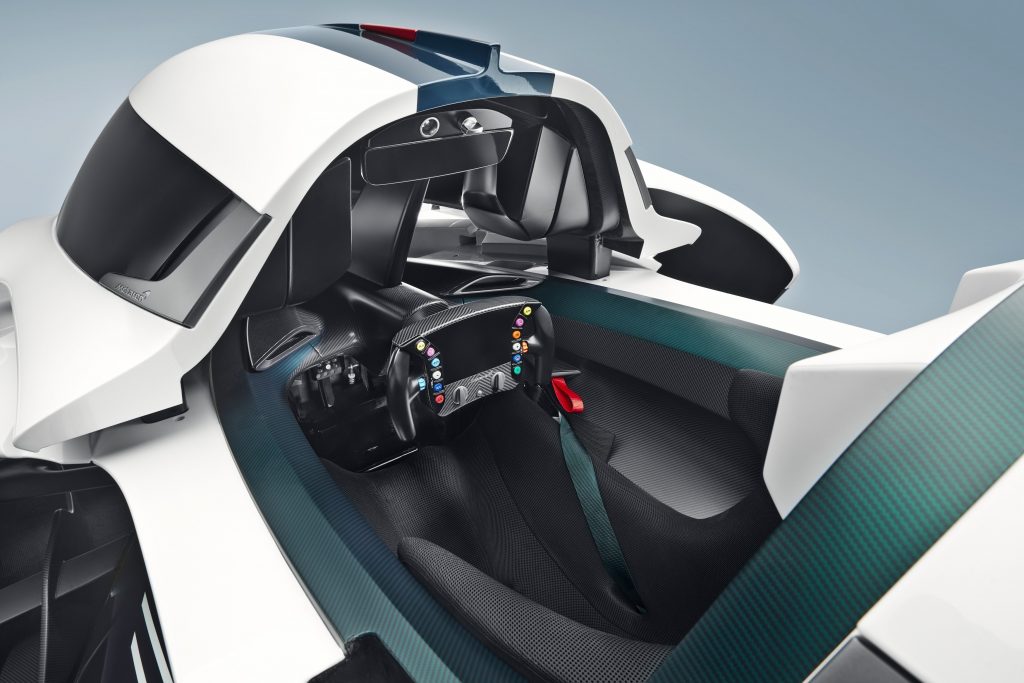
The perfectly symmetrical 180-degree line of sight provided by the central driving position is further aided by the dramatically styled wheel pods in helping the driver to position the hypercar on a track. Above the driver’s head are switches for engine ignition and the fully plumbed-in emergency fire extinguisher.
This area also houses the rearview display, streamed in real-time from a camera located on the roll hoop behind the driver’s head. The wide-angle camera provides a comprehensive rear view of the track to allow traffic to pass on a slowing-down lap or aid pit-lane maneuvering.
To further enhance the driving experience for Solus GT owners, McLaren is offering a full ‘racing driver experience’. This includes a driving seat molded to the driver’s individual body shape; an FIA-homologated race suit, helmet and HANS device bespoke to each owner, and radio-enabled ear inserts.
All owners will get a flight case to allow them to support their own track activities. This includes a comprehensive set of tools, vehicle jacks, stands, radio sets and a coolant pre-heater. After the cars are delivered next year, Solus GT track events are planned and a full driver-development coaching program will also be available to help owners fully exploit the potential of their new hypercar.
